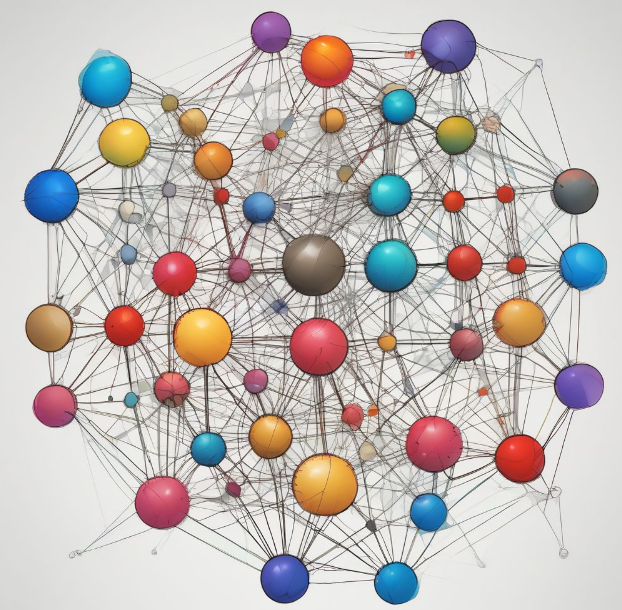Exploring the Many Faces of Graph Edges
 Sonali Rawat
Sonali RawatLet's delve into the various types of edges in graph theory with detailed explanations and examples:
Exploring the Diverse World of Graph Edges

Undirected Edge: This type of edge connects two vertices without any direction. Think of it as a simple line between two points, where you can travel back and forth freely. For example, in a social network, an undirected edge might represent a friendship where both people consider each other friends. Represented as (u,v).
Directed Edge (Arc): This edge has a specific direction, indicating a one-way relationship. It’s like a one-way street from vertex (u) to vertex (v). For instance, in a Twitter network, a directed edge might represent a “follow” where one user follows another, but not necessarily vice versa. Represented as (u→v).
Weighted Edge: This edge has a numerical value (weight) associated with it, representing some cost, distance, or other metric. For example, in a road network, the weight could represent the distance or travel time between two cities. This weight might represent distance, time, cost, or any other metric of interest. Represented as (u,v,w) where w is the weight.
Unweighted Edge: This edge simply indicates a connection between two vertices without any additional information like weight. It’s like a basic friendship link in a social network where the connection itself is all that matters.
Self-loop: This is an edge that connects a vertex to itself. Imagine a person who is friends with themselves in a social network, represented as ((u, u)).
Multiple Edge (Parallel Edge): When two or more edges connect the same pair of vertices, they are called parallel edges. This can happen in transportation networks where multiple routes exist between two cities.
Bridge (Cut-edge): A bridge is an edge that, if removed, would split the graph into two or more disconnected parts. It’s crucial for maintaining the connectivity of the graph. For example, in a network of computers, a bridge might be a critical connection that, if cut, would isolate part of the network.
Back Edge: In a depth-first search (DFS) traversal, a back edge connects a vertex to one of its ancestors, indicating a cycle in the graph. This helps in detecting cycles during graph traversal.
Forward Edge: In DFS, a forward edge connects a vertex to a descendant, showing a direct path down the DFS tree. It’s part of the traversal but doesn’t indicate a cycle.
Cross Edge: In DFS, a cross edge connects vertices in different branches of the DFS tree or between vertices that don’t have an ancestor-descendant relationship. It shows connections outside the main traversal path.
Tree Edge: In DFS or BFS traversal, a tree edge is part of the spanning tree formed during the traversal. These edges help discover new vertices and build the structure of the traversal tree.
Incident Edge: An edge is incident to a vertex if it connects to that vertex. For example, in the edge ((u, v)), the edge is incident to both (u) and (v).
In conclusion, understanding the various types of edges in graph theory is essential for analyzing and solving problems in numerous fields, including computer science, social networks, transportation, and more. Each type of edge, from undirected and directed edges to weighted and unweighted edges, plays a unique role in defining the structure and properties of a graph. Recognizing these distinctions helps in effectively modeling real-world scenarios and optimizing solutions for complex network-related challenges.
Subscribe to my newsletter
Read articles from Sonali Rawat directly inside your inbox. Subscribe to the newsletter, and don't miss out.
Written by

Sonali Rawat
Sonali Rawat
Enthusiastic computer science student with a passion for exploring how technology can provide practical solutions to everyday problems. Seeking a career to utilize knowledge and continuously upgrade skills.